Surviving the Corona virus "Lockdown" and getting to know your patch.
We are lucky enough to have a garden at home and it has been our refuge during Corona virus lockdown! Not least because it is a safe place to work and shoot pictures.
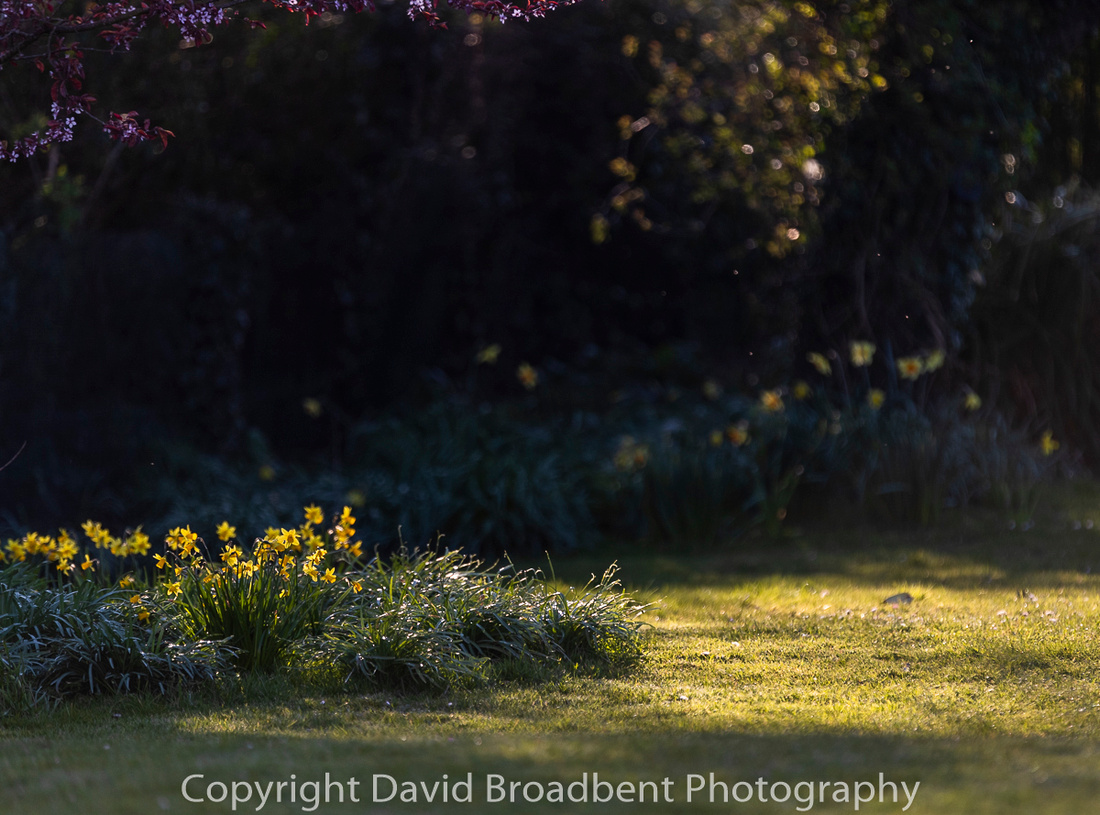

People often dismiss the places like gardens, parks and local walks. They are too familiar and surely somewhere you have to travel to is much more interesting - right? But it is the familiarity and locality of places closer to home that make them so appealing. We have the opportunity to return to a shot if we think we can improve on results from last time, we can visit easily in different lights, it doesn’t cost anything and most of all we can observe. We can watch for a shot developing, see what time, weather and light will be ideal and we can experiment with technique.
Over the years I have been attempting to create wildlife meadows on and off for years. I must have read all the books and in the end the key to success was simple – Yellow rattle! Having cracked it I now have a wealth of subjects to photograph and the great news is that they change every few days! It starts with the Celandines, primroses, the Snakes-head fritillaries, then the cowslips, the Pasque flowers the Cow parsley and then the orchids.
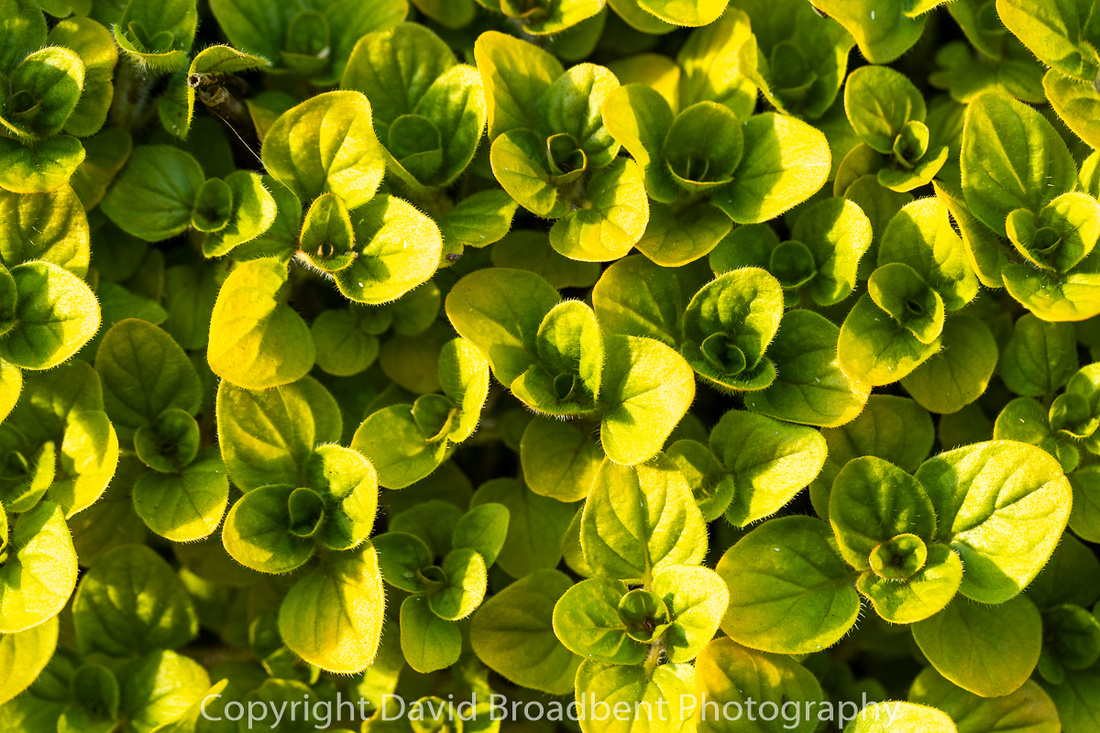

In the early mornings and late evenings, I can hang out waiting for the right light to illuminate whatever is looking its best that day. And on lucky days I get to shoot some insect pictures too.


But you don’t need a garden necessarily, although if you feed the birds, you’ll have an ever changing gallery of feathered friend pictures. Your daily walk will become surprisingly familiar to you just because you are walking every day. You will start to spot interesting subjects and watch them develop. You will know what gear you may need so won’t have to load yourself down with everything you own (something I always teach on our group and one to one sessions).
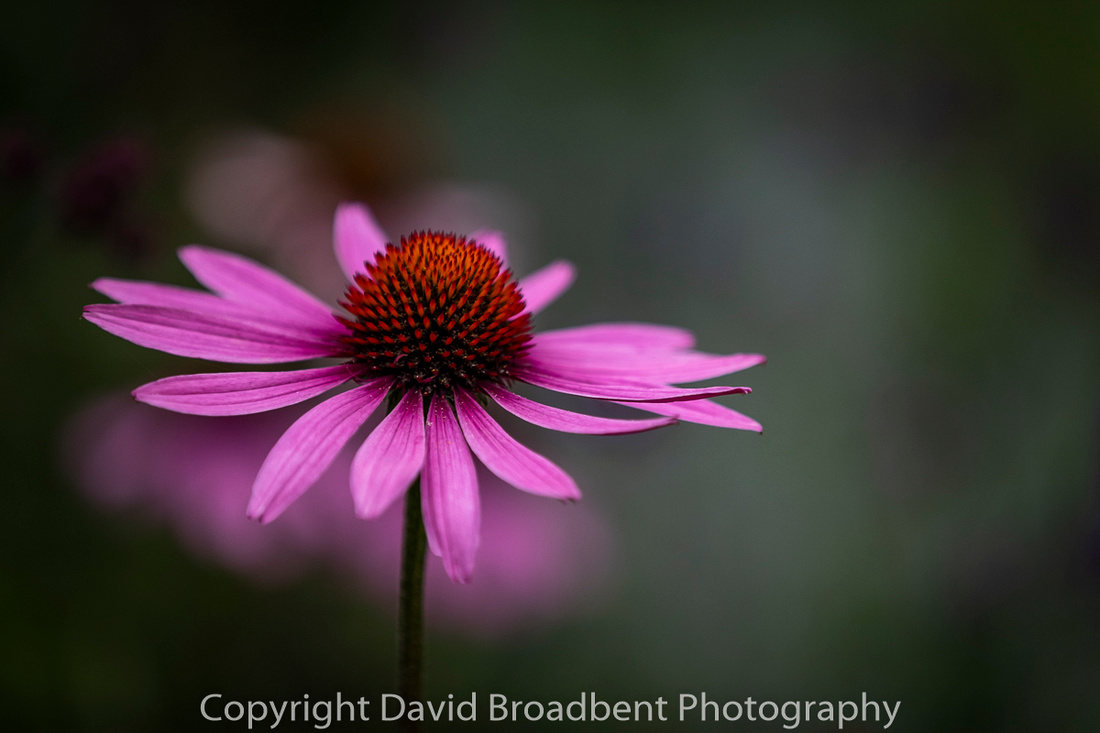

Here are my top tips for photographing your garden.
Rose Cottage Garden Diary
Early morning and late afternoon sunlight can bring out the colours and details in flowers and foliage.
Backlighting adds a sudden drama to pictures and often highlights details we normally overlook.
Chart the development of a subject e.g. apple blossom from bud to opening to fading to tiny apple.
Experiment with aperture. Photography is subject to the whims of fashion like everything else. Wide open apertures on standard to telephoto lenses give a very modern looking shallow depth of field and clear the backgrounds by blurring.


Look for a new take on the mundane. Everyday jobs and objects take on a dynamic look if you can come up with a different angle on them. Experiment with a soils eye view of someone digging, strimming or weeding.
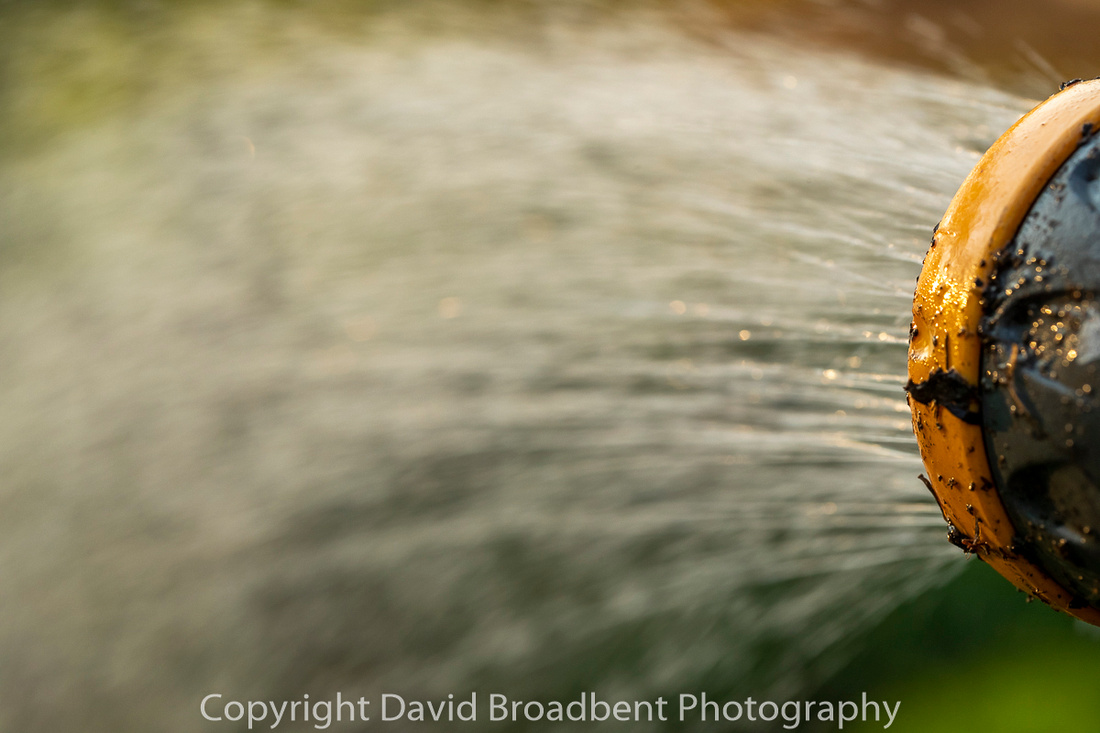

Weeds are only weeds if you don’t want the right there! Weeds are plants like everything else and generally they are more important to wildlife. Long live the weeds!
Tell the story of your patch. Gardens are the new countryside. They are estimated to make up percentage of the UK equivalent to Norfolk Broads, and the Exmoor, Dartmoor and Lake District National Parks added together. Insects may not be everyone’s cup of tea but when it comes to ecology, they are king. If you have a garden full of insects, you’ll have a garden full of birds and mammals. Shoot a series of pictures that tell the story of how the wildlife in your garden benefit from the way that garden. It could be a pond or a flower species like bees on ivy flowers.
Low angles, combined with back light, can make for striking compositions and unusual angles. Some cameras feature angled monitor screens but all have live view if you don’t want to lie in the mud!


When I shoot a series of pictures, I always have a small part of my mind on how people will look at these images, how they will engage with them. Everyone understands the concept of leading lines but we can also draw the viewers eye into a picture, or part of picture, by intelligent use of focus and blur combinations, strong colour blocks, dynamic shapes, texture and most of all they way that we capture the light on our primary subject.
Use wide angle lenses close up and at oblique angles. They’ll give context to the picture because of the inherently good depth of field and we can use the lens edge distortion to focus the eye on the main subject and cut out distractions.
By far the hardest thing to do in photography is….something different! Photographers have been working hard recording our environment sine the mid 1850’s and so unsurprisingly, most things have already been photographed – some of them millions of times. Take a challenge and photograph something in your garden or patch that has never been photographed like that before.


Slow is the new fast. Experiment with shutter speed to see if you can add a new dimension to your pictures by slowing everything down or speeding it up. Don’t be a too much of a slave to ISO while you are experimenting, you are just looking for potential effects. Slow shutter speeds are the easiest and most obvious way to introduce a sense of movement into your pictures.
Image that you are magazine editor and you want to put a story over a picture spread over two pages. How frustrating would it be if everyone tried to fill the frame with their primary subject!!! Editorial photographers think like this all of the time. If you try this it automatically forces you out of your frame filling comfort zone to create offset primary images and interesting diffused backgrounds. Surprise, surprise the pictures look just as good. You don’t have to include all of your primary subject to represent what it is. In the photo school sessions for beginners, I ask them to photograph something big like a car for example. Most people take a step back to include the whole thing. You can just as comprehensively represent a Rolls Royce by a close up of the Spirit of Ecstasy. These iconic images are cemented in our brains. As soon as we see them, our brain takes over and tells us exactly what it is and pulls a generic memory from our little grey cells.
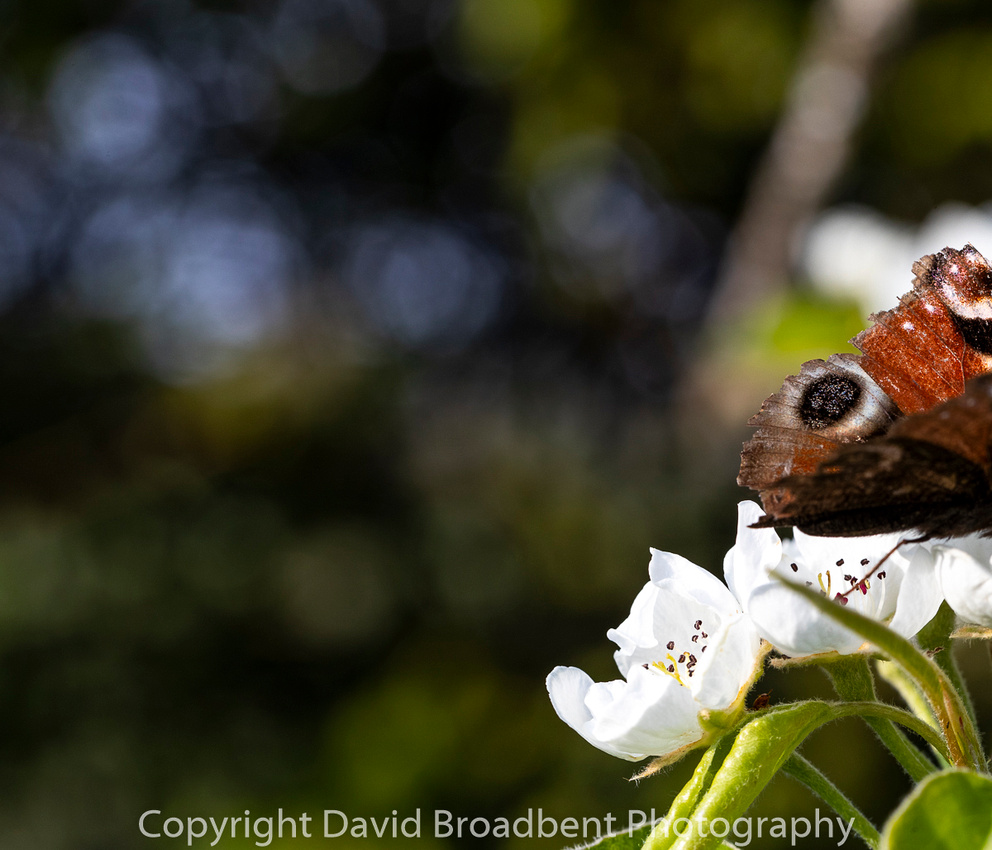
 Lesson one: the camera doesn’t work like you. You see pictures thanks to a canny combination of your eyes and brain working in perfect synthesis. Your eye records shape and colour and distance and your brain does the rest (it’s why it can be easily fooled with optical illusions). Your camera works much more like your eyes in isolation it just sees. When it comes to interpreting what we see the camera is a bit of a blunt instrument.
Lesson one: the camera doesn’t work like you. You see pictures thanks to a canny combination of your eyes and brain working in perfect synthesis. Your eye records shape and colour and distance and your brain does the rest (it’s why it can be easily fooled with optical illusions). Your camera works much more like your eyes in isolation it just sees. When it comes to interpreting what we see the camera is a bit of a blunt instrument.
Check your backgrounds. Position your primary subject where you Want it in the frame and then train yourself to check all for corners before you pull the trigger. Embedding this process into your muscle memory will help exclude those annoying things that you spot in the background after you have shot the picture. Defocussed bloke in a high-viz jacket is not something anyone, even the most skilled, can loose from the background in Photoshop.
Photoshop, Lightroom and other similar programmes are a many and varied wonderful bunch. They don’t claim to be and are most definitely not a substitute for getting it right in the camera.
Wildlife in the garden can be fascinating, fun and really dam difficult to photograph well. All you have to do to welcome this life into your garden is follow the 4-step process
- Provide something to eat – berries, nectar, peanuts
- Provide something to drink – a regular source of water
- Provide somewhere to nest and roost – nothing special, just be considerate and don’t be too tidy
- Don’t poison them when they do visit!


Wildlife is predictable. The single most useful skill for a wildlife photographer is understanding that our quarry is predictable. They inhabit a certain place, they feed on certain things in certain ways, they can be territorial, they do the same things at the same time. Take the small birds on your bird table for example. Seemingly living life at the speed of light, these little birds never seem to stay still long enough for even the highest shutter speed. But while they are feeding, they feel vulnerable and so every now and again they’ll stop. Look around. Make sure that the coast is clear. OK go back to feeding. Great wildlife photographers are also great observers of the natural world. Watch your fully stocked bird table for just five continuous minutes and you’ll see what I’m talking about. Watch it for an hour and you’ll start to recognise the frequency of this behavioural trait.
Give up looking and start actually seeing! Internet lawyers everywhere make a jolly fine living from our inability to actually see where we are going. If this applies to you, get yourself a magnifying glass or a loupe and go in search of lichens. Allow the looking glass to suck you into a world within a world. Marvel at the shapes and textures (and in some cases the tastes) of these beings stuck between the fauna and flora of the classification handbooks. See the colours and the fruiting bodies and suddenly your eyes are opened to what is there if only you can see.
Why not post your favourite pictures to our photo school Facebook page and share your best pictures with our virtual group of friendly and enthusiastic photographers……
https://www.facebook.com/ForestofDeanSchoolofPhotography